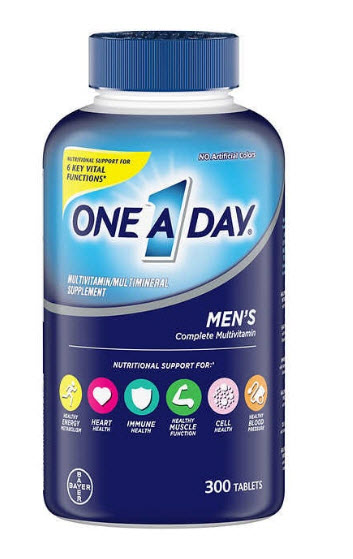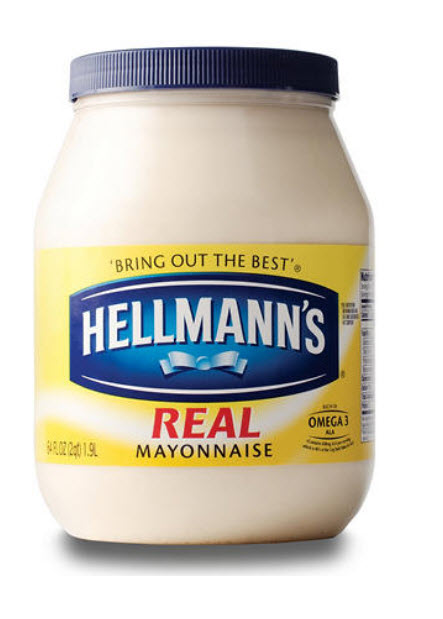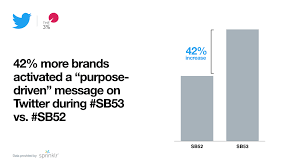The Problem Pitching Marketing People.
Marketing people spend their entire lives trying to sell their wares. It can really suck the life out of them. Even sitting on a beach or walking a mountain top, in the back of their minds they’re plotting sales strategies. Website fixes. Packaging. So, when you try to sell a salesperson, they already have their radar up. A fast “no,” to your pitch.
I spend a great deal of time doing biz/dev for What’s The Idea?, my brand consultancy. My key tool is email and convos at events. When addressing marketing people, it really doesn’t work so well. Radar on.
And frankly, marketing people are heavily into tactics; they’re not the real product or service owners. I’m more apt to successfully engage a C-level decision maker, talking about product, competition, positioning and market evolution, than I am talking to a marketing nerd. Radar.
That’s why when I cold call (via email, it’s more polite), I try to head up the chain and talk to owners. The people who feel the money pressure — not the marketing people who feel the messaging pressure.
Just me. Just me.
Peace.








